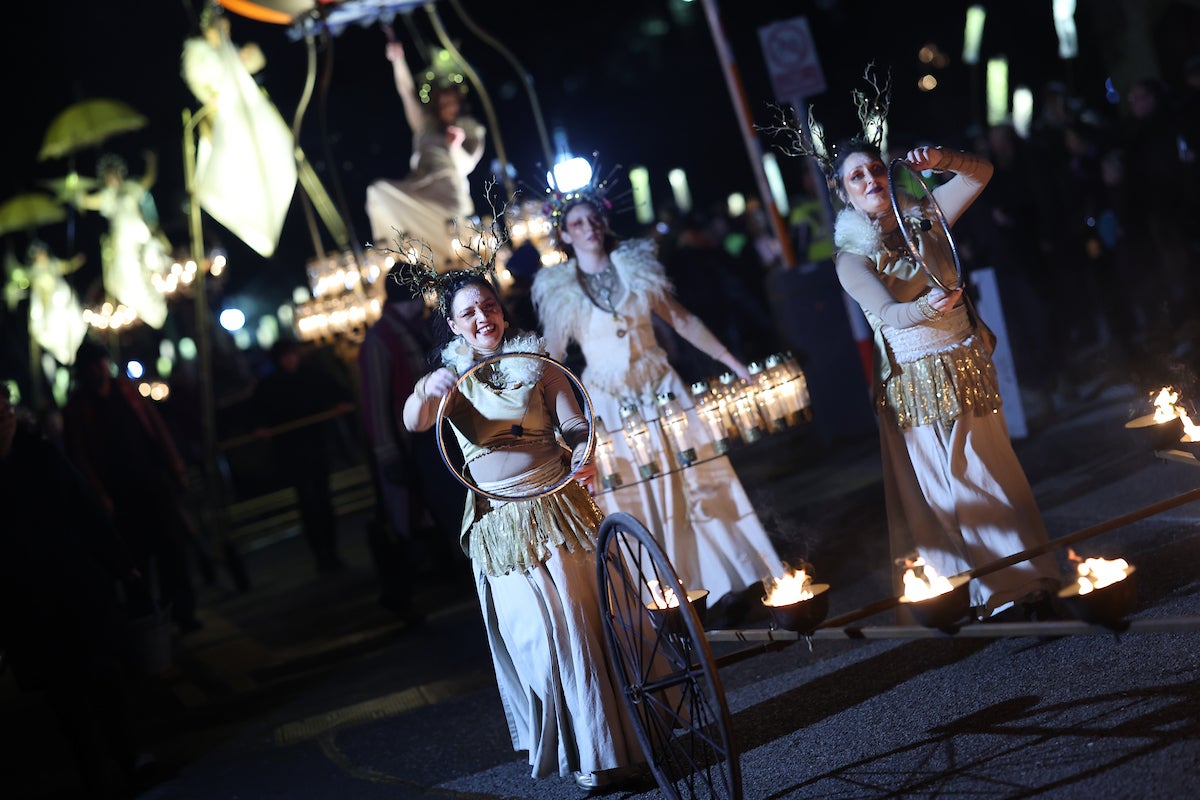The 1-Ingredient Upgrade for Better Tea (It Costs Zero Dollars)
For the best tasting tea every time, you don't need to spend extra money on expensive tea leaves or a fancy tea kettle. Try this genius tip from Emilie Holmes, author of "Good and Proper Tea" instead.


I'm a coffee person through and through, but when it gets to be the dead of winter and there's no escaping the cold, dark days, I find myself abandoning my latte in favor of a cozy cup of tea. Something about holding a warm, aromatic mug just eases the winter blues—it's become my afternoon ritual as of late.
Recently, however, I found my cuppas were weak and dull. As I’m no tea aficionado (remember, I’m pretty loyal to my coffee practice) I just couldn’t pinpoint the reason why my tea was tasting off. Isn’t tea brewing as simple as boiling water and pouring it over a bag or into a pot with loose leaves?
As it turns out, there’s a little teatime secret that changes everything about the way your brew can taste. And no, it's not investing in the highest quality leaves or buying some fancy teapot. The greatest tea brewing trick is totally free and it has to do with the water—freshly drawn water to be exact.
I stumbled across the tip in author Emilie Holmes’s book Good and Proper Tea and it has changed the quality of my sips ever since.
“The best flavour is drawn out of the tea leaves using oxygen-rich water,” she says, “water that has been sitting a while, or more likely boiled over and over again, will lack oxygen, leaving your cup of tea tasting flat.” Who knew? I’ve been boiling and reboiling water in my electric kettle for years. No wonder!
How To Brew Tea With Freshly Drawn Water
So, what does it mean to use freshly drawn water? Well, you should fill your kettle with fresh water from your tap (or filtered pitcher, or however else you normally get your drinking water) every single time you boil to maximize the oxygen levels and eke out every last drop of balanced flavor from your leaves or bag in the brewing process.
Although he hadn’t personally tested this theory on a scientific or empirical level, the owner of TeaSource Michael Lanier says, “The idea is that lower oxygen levels in the water will result in steeped tea that is dull and lacking character.”
To ensure plentiful oxygen remains in the water after you’ve turned on your electric kettle or stove, Lanier recommends “bringing the water right up to the temperature you want to steep your tea with, removing from the heat source, and immediately pouring over the leaves.”
All of that’s straightforward enough but it was this little secret that I feel truly upped my brewing game to the next level: “Don’t let the water boil/heat for any additional time,” Lanier adds, “it will just deplete oxygen levels, without bringing any additional temperature advantage.”
So, these days when I’m getting ready for my herbal afternoon pick-me-up I just pour out any old water from the kettle, refill it with freshly drawn water, bring it to just a boil, and pour it onto leaves or tea bags right away.
I found that when brewing with fresh water, without overboiling it, I actually do taste a perceptible difference in the flavor of my tea. Plus, I like that this new method means I only have to fill the kettle with a mug’s worth of water for each boil. Not only am I saving water, but it also makes for a faster boil time so I can get cozy ASAP.









![Mapimpi branded a ‘thug’ over brawl, alleged ‘eye&gouge’ [video]](http://www.thesouthafrican.com/wp-content/uploads/2025/01/Makazole-Mapimpi-is-accused-of-attempting-to-eye-gouge-a-Cardiff-Rugby-player.jpg.optimal.jpg?#)








/cloudfront-us-east-1.images.arcpublishing.com/gray/QF5H3LHWMBE2FFQLQY2VMDFLDA.jpg?#)
















































